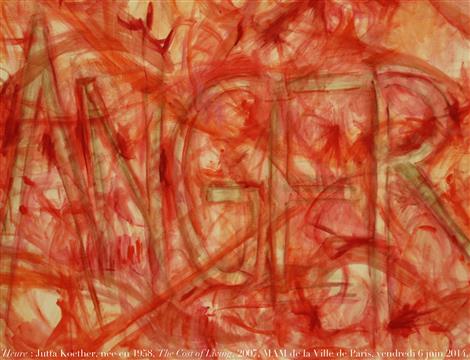
This week’s featured graphic maps the states of the Western Balkans. To find out about the rearmament in the Western Balkans, read Andrej Marković and Jeronim Perović’s CSS Analysis in Security Policy here.

This week’s featured graphic maps the states of the Western Balkans. To find out about the rearmament in the Western Balkans, read Andrej Marković and Jeronim Perović’s CSS Analysis in Security Policy here.

This article was originally published by International Crisis Group on 28 April 2017.
The Balkans was best known for minority problems. Today, the most bitter conflicts are between parties that appeal to majority ethnic communities. As recent turbulence in Macedonia shows, Eastern Europe could face new dangers if majority populism ends the current stigma against separatism for oppressed small groups.
The trouble in the Balkans today is not Russian meddling, though there is some of that, but a special case of the malaise afflicting Eastern Europe: unchecked executive power, erosion of the rule of law, xenophobia directed at neighbours and migrants and pervasive economic insecurity. The pattern varies from country to country but is palpable from Szczecin on the Baltic to Istanbul on the Bosporus. The countries of the Western Balkans – Albania, Bosnia and Herzegovina, Kosovo, Macedonia, Montenegro, and Serbia – have long tended to follow patterns set by their larger, more powerful neighbours. They are doing it again.
The ability of the European Union (EU) to fix problems in the Balkans is hamstrung when the same troubles persist within its own borders, sometimes in more acute form. Take erosion of democratic norms: Hungary over the past decade has slid from 2.14 to 3.54 on Freedom House’s “Nations in Transit” democracy score (lower is better). Poland’s decline is more recent but equally steep. Croatia is also backsliding. Almost all the Western Balkan states are declining, too, but more slowly.

This article was originally published by the Security and Human Rights Blog (The Hague) on 11 December, 2015.
The OSCE Ministerial Council meeting, held in Belgrade from 3 to 4 December 2015, was the final highlight of the Serbian OSCE Chairmanship of 2015. With the fading Serbian OSCE presidency, the direct co-responsibility of Swiss diplomacy for the OSCE ends as well. It needs to be recalled that in the fall of 2011, Switzerland and Serbia had teamed up and successfully campaigned for a “double chairmanship” of the OSCE for the years 2014 (Switzerland) and 2015 (Serbia).
Yet, at that time, more than four years ago, Switzerland and Serbia could not have imagined that under their tandem chairmanship, the OSCE would play a central role in the biggest geopolitical crisis in Europe since 1990. In the Ukraine Crisis, the OSCE suddenly played a leading role after having almost lapsed into irrelevance in the years before.

This article was originally published by the Security and Human Rights blog of the Netherlands Helsinki Committee on 2 December, 2015.
When in December 2011 Serbia – together with Switzerland – put forward its candidacy for the OSCE Chairmanship, it was seeking wider international affirmation and influence. Belgrade wanted to prove itself as capable of sustaining a serious, committed service to European security, and also hoped to bolster its chances for EU membership. The fact that 2015 presented an important milestone – 40 years since the signing of the Helsinki Final Act – was not without significance.

This article was originally published by the Security and Human Rights Blog on 22 January, 2015.
On 15 January, OSCE Chairperson-in-Office, Serbian Foreign Minister Ivica Dačić outlined the priorities of the 2015 Serbian OSCE Chairmanship at a meeting of the OSCE Permanent Council in Vienna. Foreign Minister Dačić stressed that the main priority of the Serbian Chair would be to continue supporting a peaceful resolution of the crisis in and around Ukraine. In this context, he expressed support for the work of the Trilateral Contact Group, the Special Monitoring Mission to Ukraine and their respective roles in helping to implement the Minsk protocols as well as the peace plan for the east of Ukraine.